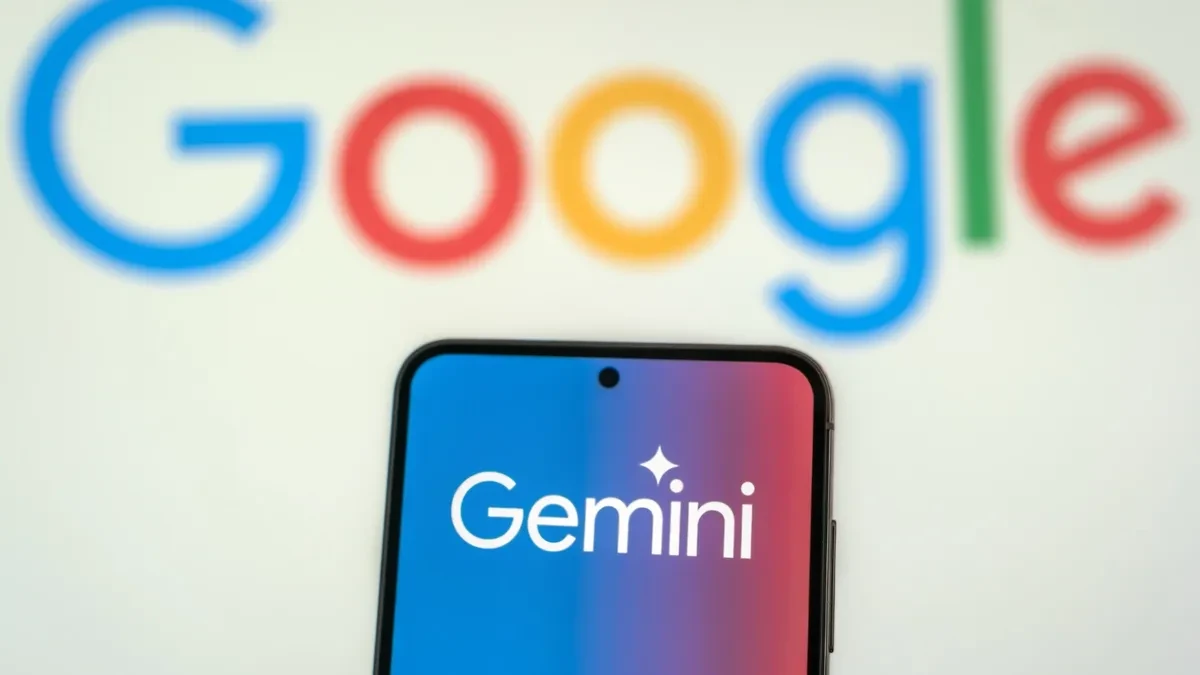Decoding Gemini Veo 3.1: The New Standard of AI Video?
Gemini Veo 3.1 focuses on quality and speed, adding object insertion/removal, video stretching, transitions from two still images, contextual background audio; compare to Sora 2.
The race between Google and OpenAI in the AI video space is clearly diverging. While OpenAI launched Sora 2 as the first major update in over a year, driving user growth by loosening the content barrier, Google launched Gemini Veo 3.1 with a pragmatic focus: improving quality, speed, and control over output. This article takes a technical look at Veo 3.1’s core capabilities, highlights its pros and cons, and compares it head-to-head with Sora 2.

Veo 3.1 Core Capabilities and Technical Implications
Veo 3.1 focuses on quality and speed, adding a range of scene- and object-level editing tools that help users get deeper into the editing process:
- Insert or remove objects from any shot: allows direct intervention in the image composition in the frame.
- Extend video beyond its original ending point: extend the timeline to continue the created content.
- Create transitions between two still frames: link two still images into a seamless motion segment.
- Control the look and feel of a scene with reference: use images, objects, and “mood” as style-guiding cues.
In addition to the visuals, Veo 3.1 also improves the audio: adding richer, more contextually accurate background sounds. The increased quality and processing speed shows that the product is aimed at the real-world creation process, where stability and the ability to fine-tune the results are key.
Key advantages: quality, control and “pragmatic” orientation
- Focus on image and sound quality: Updates are aimed at improving video fidelity and background audio that stays close to the context of the scene.
- Detailed intervention toolset: the ability to insert/remove objects, extend duration, create transitions from still images, and manipulate emotions with references allows users to “shape” the final product.
- Practical use-oriented: Veo is described as serving practical purposes, rather than chasing virality.
- Clear content barriers: limit real people and violent/dangerous imagery, reducing the risk of inappropriate content.
Trade-offs and challenges in implementation
Veo’s tight control approach means that it is more restrictive in some creative scenarios (such as creating real people or content with violent/dangerous elements). On the other hand, the increased user intervention in the final product places higher demands on the implementation team’s processes, resources, and editing skills.
Two opposing philosophies: Veo 3.1 vs Sora 2
OpenAI’s Sora 2 is all about speed and virality, working similarly to short-form video platforms like Instagram Reels or TikTok. OpenAI initially allowed real celebrities to be featured in content, leading to controversy; it later updated to require celebrities to “opt in” if they wanted their images used. OpenAI also announced it would soon introduce an age restriction mechanism so that users over 18 could create “erotic” content. Sora 2 offers a noticeable quality improvement but still has issues with glitchy objects in the background. This approach helps to grow users quickly, but also increases the risk of controversy.
| Aspect | Gemini Veo 3.1 (Google) | OpenAI Sora 2 |
|---|---|---|
| Product orientation | Pragmatic, focused on quality and speed | Viral, fast deployment as short video platform |
| Content control | Limit real people; limit violent/dangerous images | Loosening the barriers; initially allowing celebrities, then opting in; soon to have an age limit on “erotica” |
| Outstanding ability | Insert/remove objects; stretch video; transition between two still images; reference control; contextual background audio | Significant quality improvement; background object artifacts still exist |
| Growth strategy | Prioritize stability and user engagement in the final product | Increase users and traffic with a more open approach |
Application scenarios and selection
If the goal is a controlled production process, deep editing of each scene, and reduced content risk, Veo 3.1 fits the bill with its quality focus and clear guardrails. Conversely, if the priority is speed of experimentation, a wide range of content, and the ability to spread, Sora 2 reflects that approach, albeit with its controversies and risks.

Near-term outlook
With the 3.1 update, Veo continues to push into the practical application space, emphasizing quality, speed, and the role of users in shaping the final product. Meanwhile, Sora 2 maintains a more open trajectory, preparing to add age restrictions while still prioritizing virality. These two distinct paths will shape how production teams and platforms harness AI video in the coming period.


